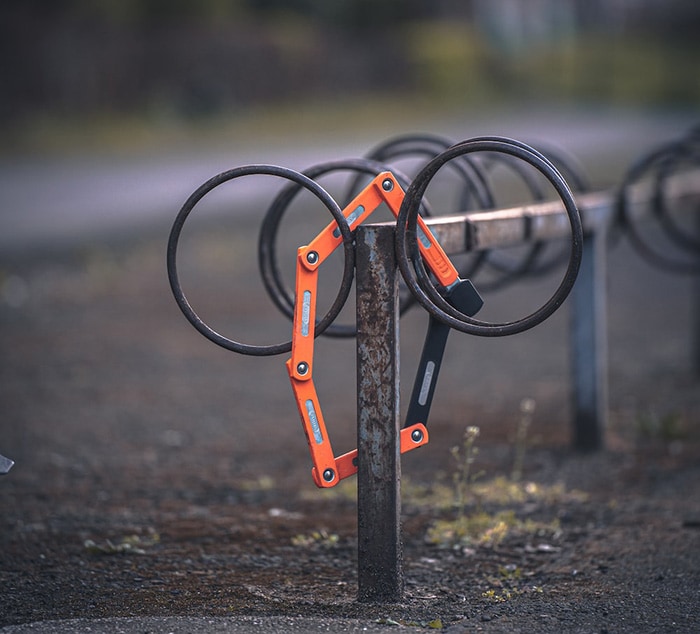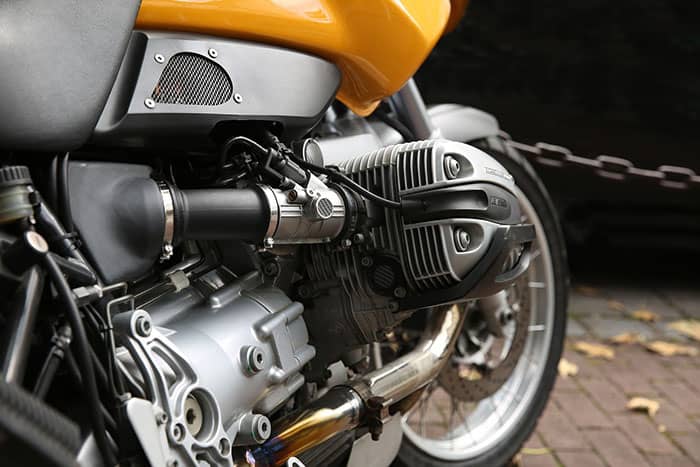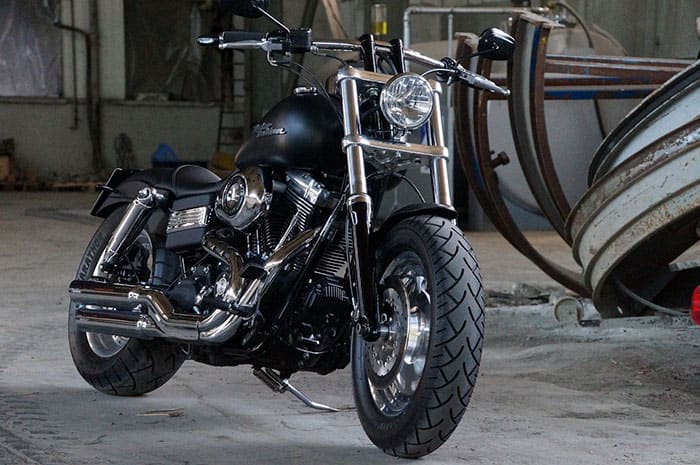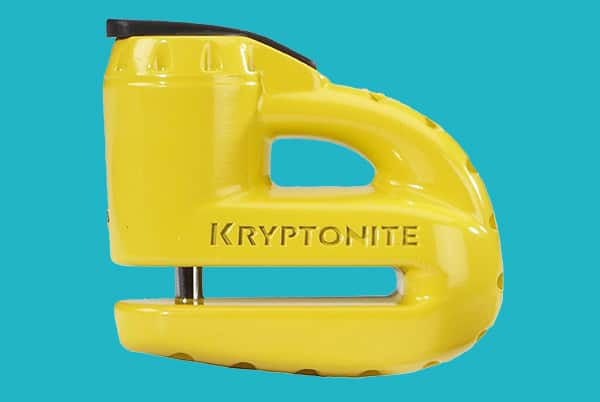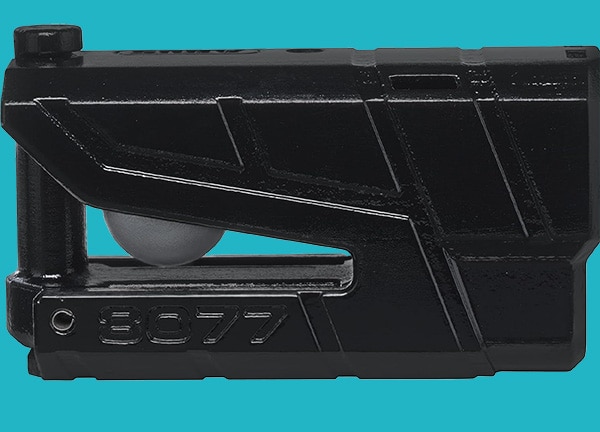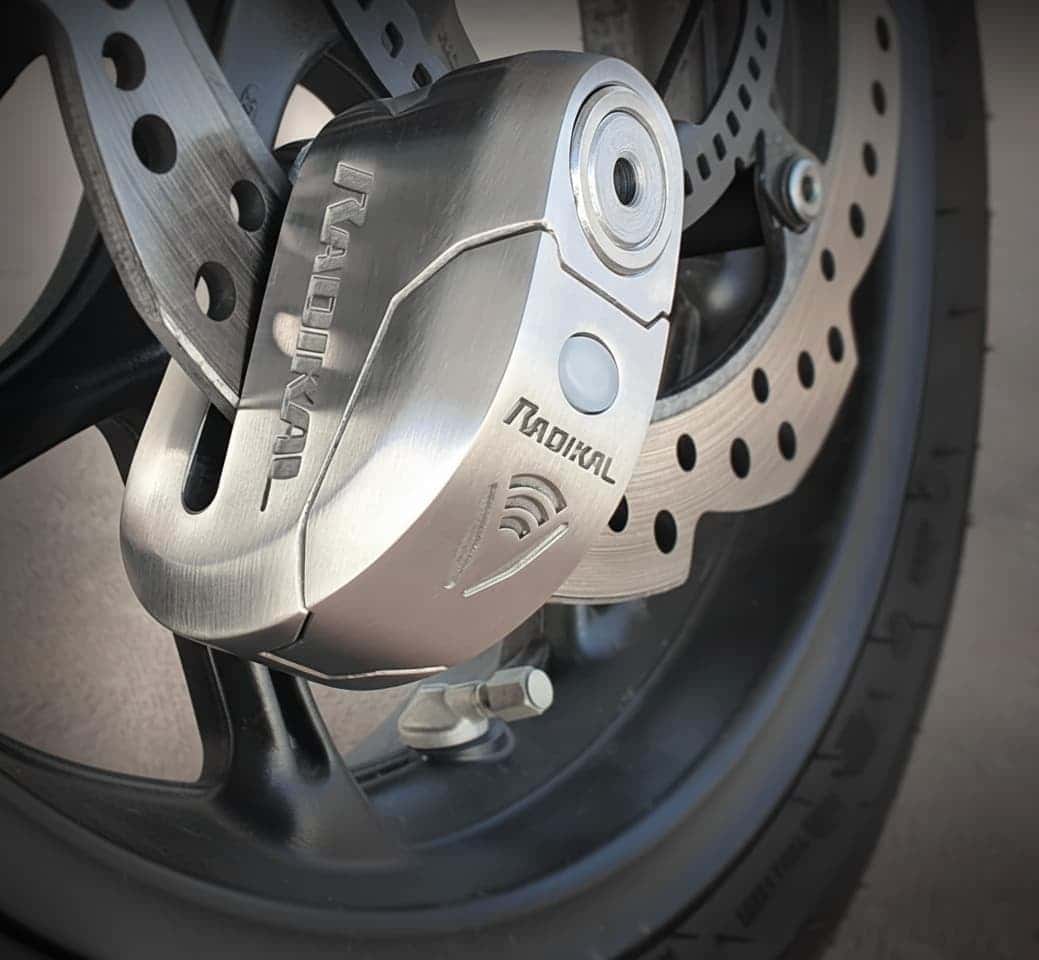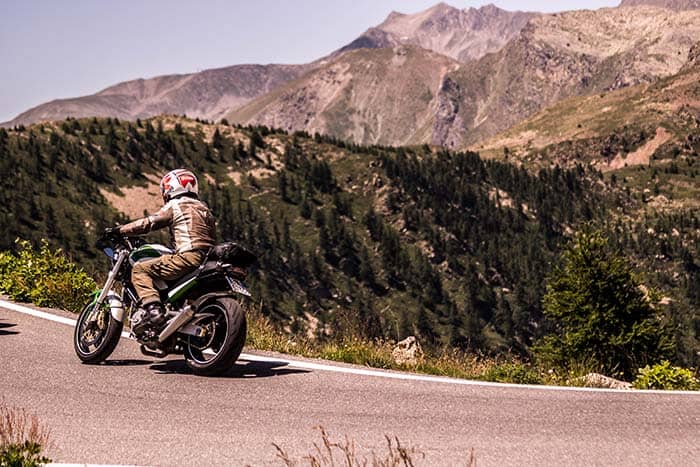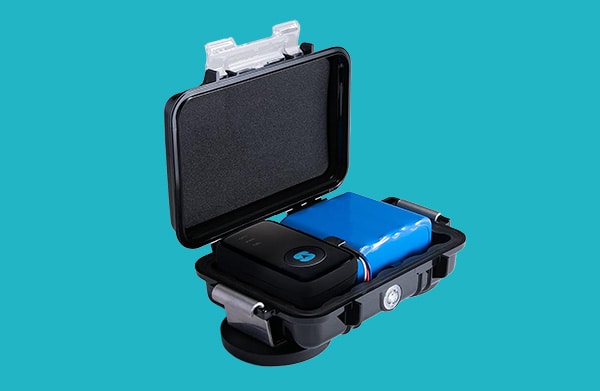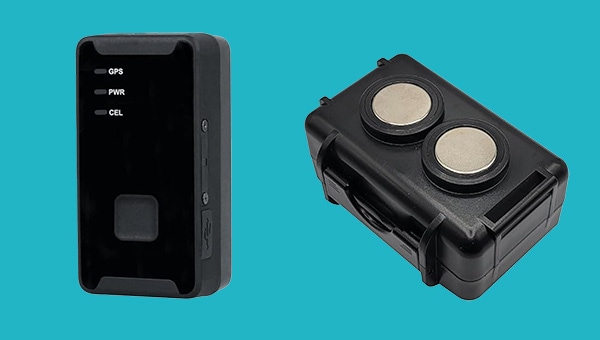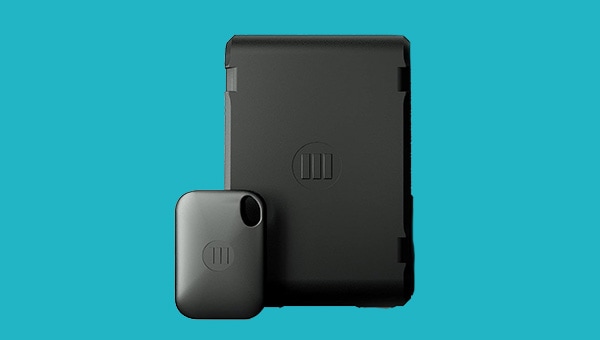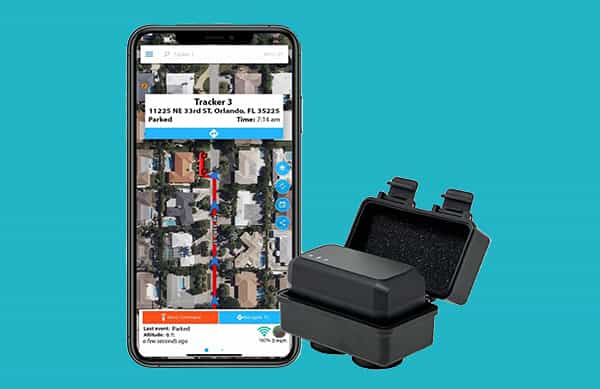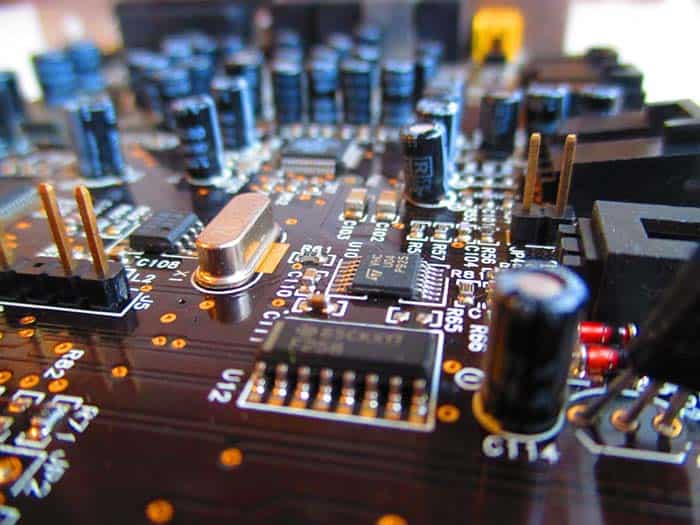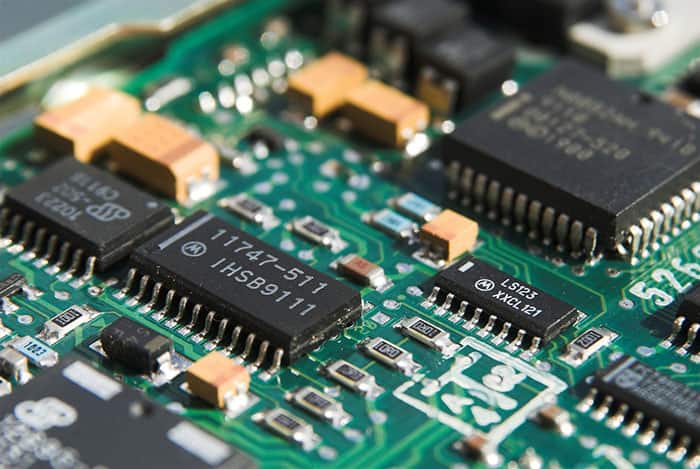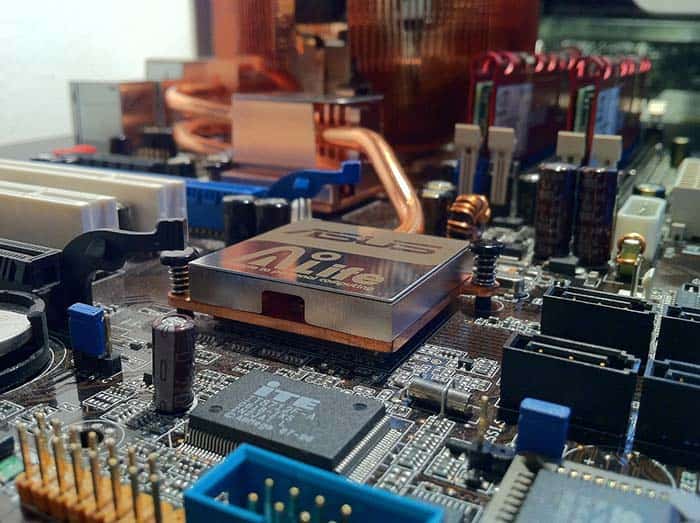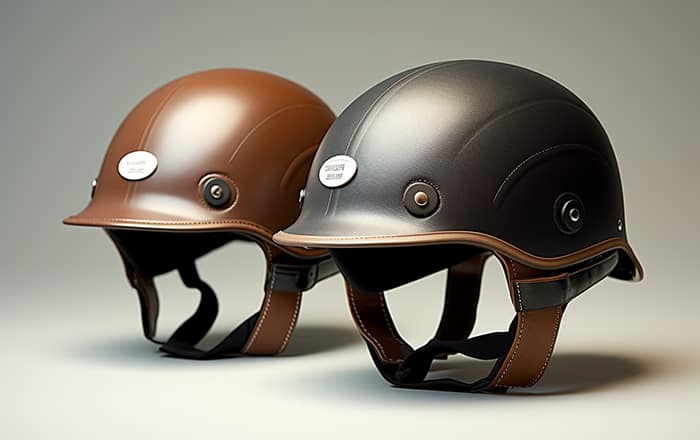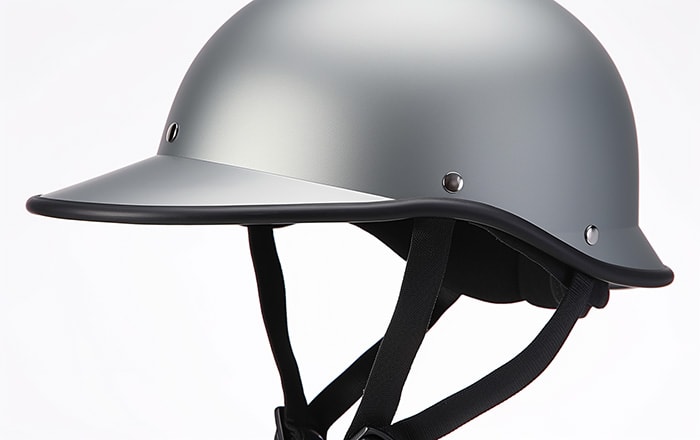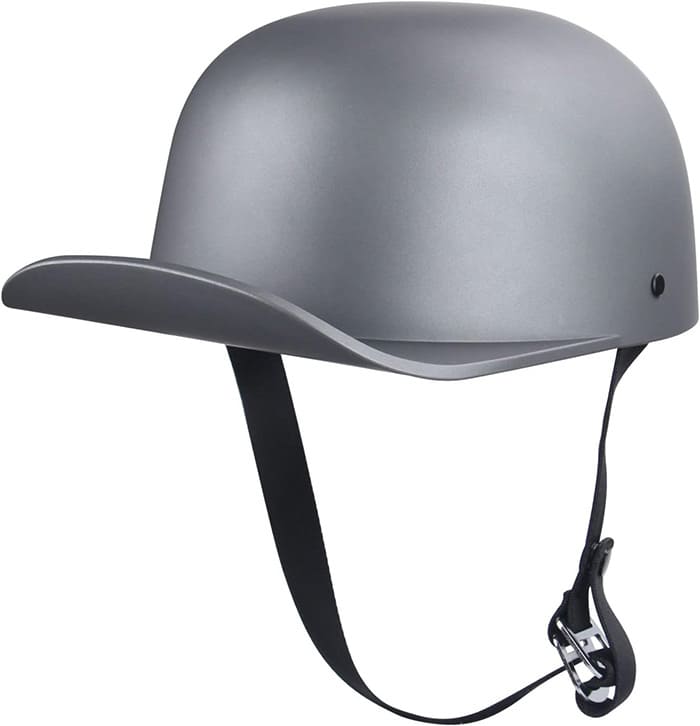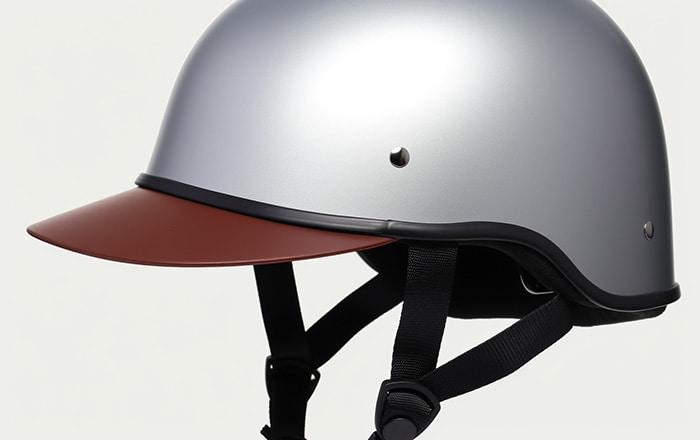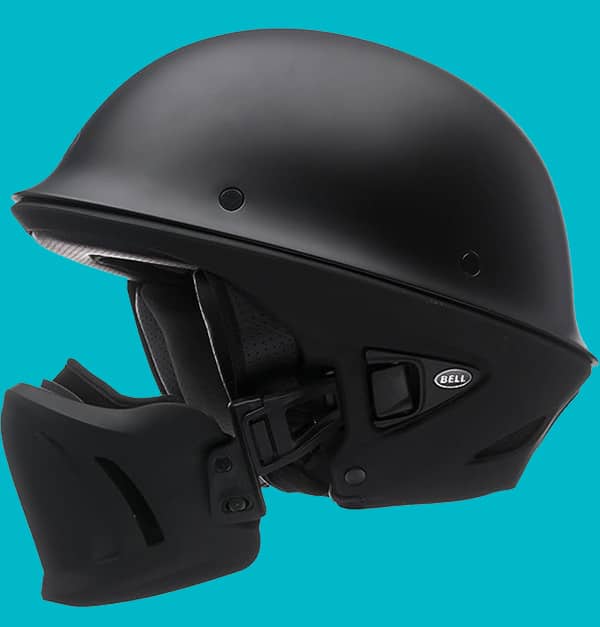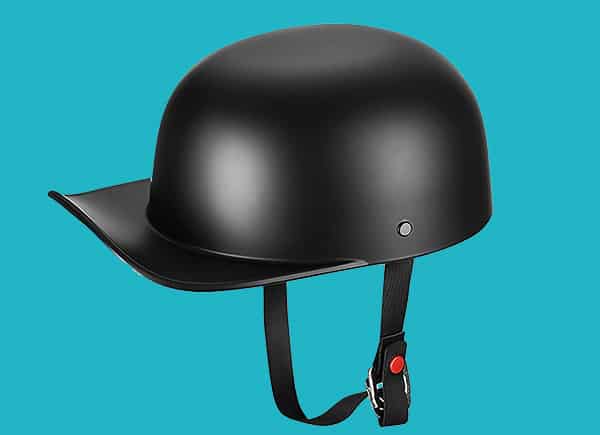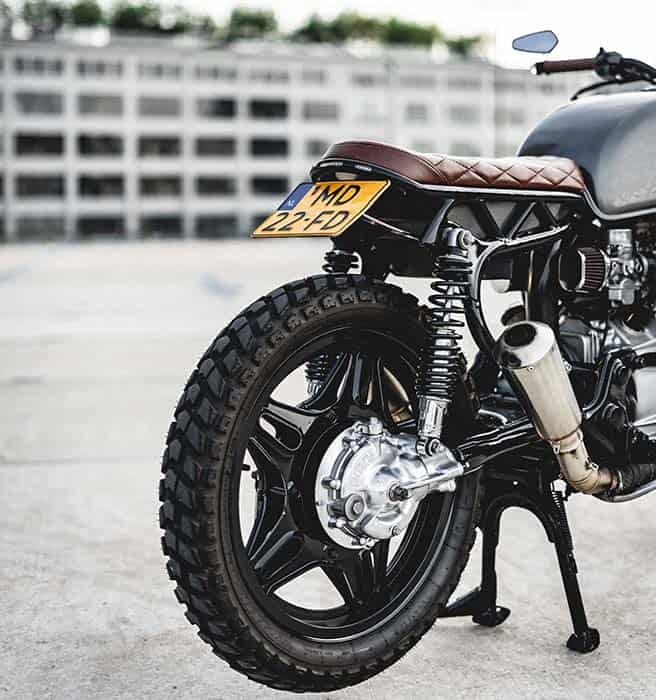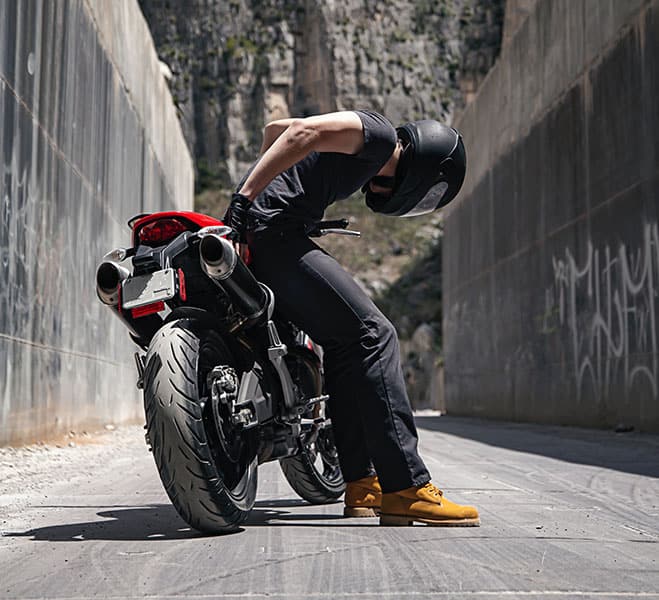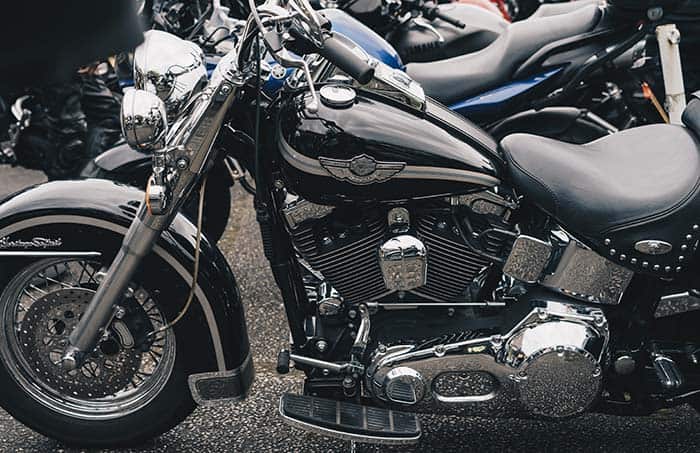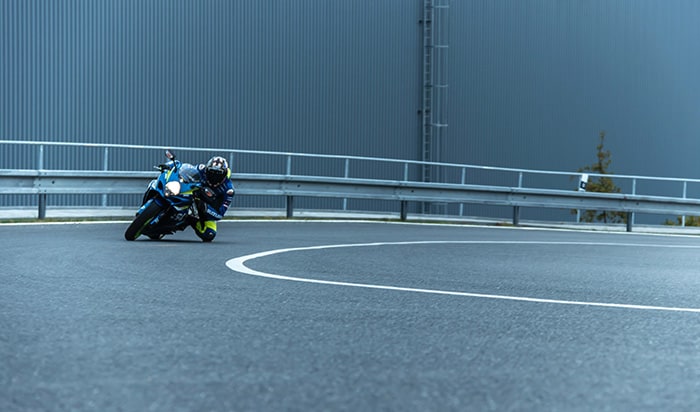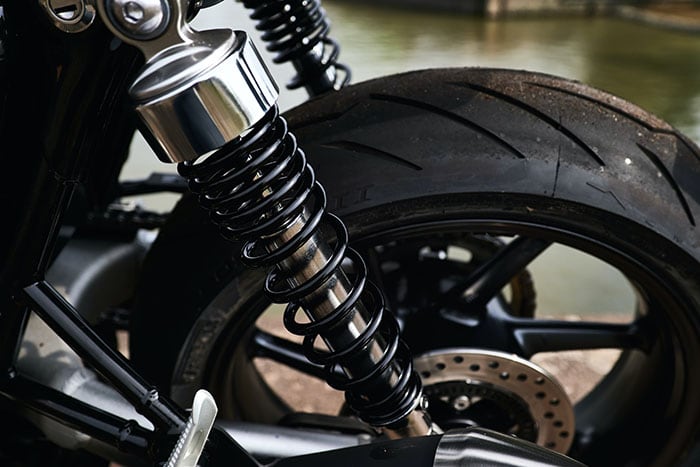180 60r16 Motorcycle Tire
180/60r16 Motorcycle Tires: The Ultimate Guide
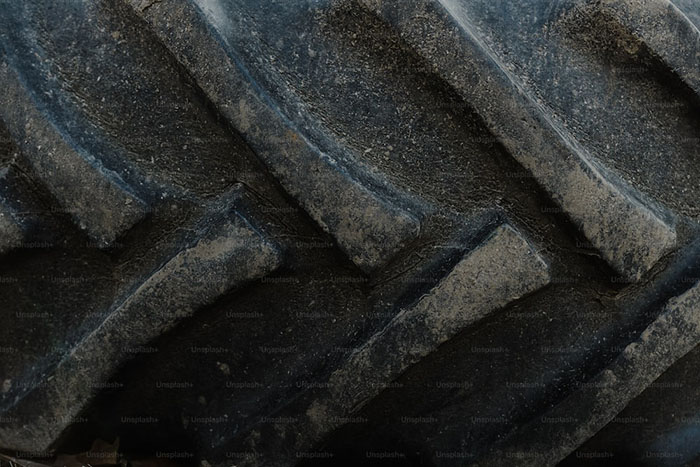
The 180/60r16 motorcycle tire is not your everyday motorcycle tire. It’s a product of intense research and innovative engineering, designed to deliver the best possible performance on the road. The numeric figures in its name are not mere numbers. They hold significant information about the size and functionality of the tire. This tire has been built with the needs of modern riders in mind, and it’s perfect for various types of motorcycles.
What Does 180/60r16 Mean?

Motorcycle tires come in many sizes, and understanding these sizes is crucial to choosing the right tire for your bike. The 180/60r16 tire size is no exception. But what do these numbers mean?
The first number, 180, refers to the width of the tire in millimeters. This means the 180/60r16 motorcycle tire is 180 millimeters wide. The second number, 60, is the aspect ratio of the tire. It represents the height of the tire’s cross-section as a percentage of its width. Therefore, a 60 aspect ratio means the height is 60% of 180 millimeters. The ‘r’ denotes that the tire is of radial construction, and the last number, 16, is the diameter of the wheel in inches.
Understanding these measurements is crucial as it helps you select a tire that will fit your motorcycle’s rims perfectly. Moreover, it’s important to note that these measurements can have a big impact on your motorcycle’s handling and performance.
Key Features & Benefits
Following comprehensive features and benefits make the 180/60r16 motorcycle tire an excellent choice for riders seeking safety, reliability, and outstanding performance across various riding conditions.
| Key Features | Benefits |
|---|---|
| High-Quality Rubber Compounds | – Exceptional Grip: The tire is crafted from premium rubber compounds, ensuring outstanding grip and traction on both dry and wet roads. |
| Unique Tread Pattern | – All Weather Confidence: Regardless of weather conditions, riders can feel confident due to the tire’s ability to maintain stability. |
| – Enhanced Grip and Safety: The distinctive tread pattern not only improves grip but also reduces the risk of hydroplaning on wet roads. | |
| – Responsive Handling: The tread design also contributes to exceptional handling, making it highly responsive to rider inputs. | |
| Durable Construction | – Longevity and Reliability: Built to endure the demands of long-distance riding, the tire maintains its performance and safety features. |
| – Cost-Efficiency: Its robust construction means fewer replacements, saving both money and the hassle of frequent tire changes. | |
| Wider Profile | – Improved Contact Patch: The tire’s broader profile offers a larger contact patch with the road, enhancing grip, and stability. Riders can confidently lean into turns with precision. |
| Exceptional Performance | – Consistency Across Conditions: This tire delivers consistent performance in various weather conditions, be it under the blazing sun or during a downpour. |
| Durability | – Long-Term Savings: Its durability means fewer replacements over time, saving riders money and reducing the inconvenience of frequent tire changes. |
Performance Analysis
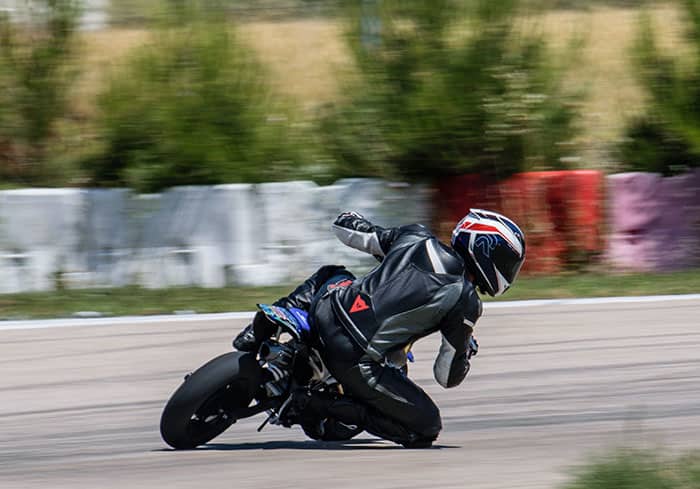
Discussing high-performance motorcycle tires, the 180/60r16 model is one that certainly stands out. This tire’s noteworthy attributes include a broad profile coupled with a unique tread design, both of which contribute to superior traction and impeccable handling. Whether you are indulging in a relaxed ride on the highway or deftly maneuvering through winding mountain routes, this tire guarantees a smooth and stable ride that makes every journey a pleasure.
An additional notable feature of this tire is its exceptional performance in wet conditions. This is made possible due to the tire’s hydrophobic tread pattern, which effectively channels water away from the tire’s contact area with the ground. This design significantly reduces the risk of hydroplaning, ensuring that you maintain full control of your motorcycle even when the weather conditions are less than ideal.
To end on a high note, the 180/60r16 tire’s durability is nothing short of impressive. In spite of providing high-performance capabilities, it showcases a remarkable resistance to wear and tear. This feature is crucial as it translates into more miles before the tire needs to be replaced, making the 180/60r16 motorcycle tire a reliable choice for those seeking both performance and longevity.
Top 180/60r16 Motorcycle Tires to Consider
Metzeler ME888 Marathon Ultra Rear Tire
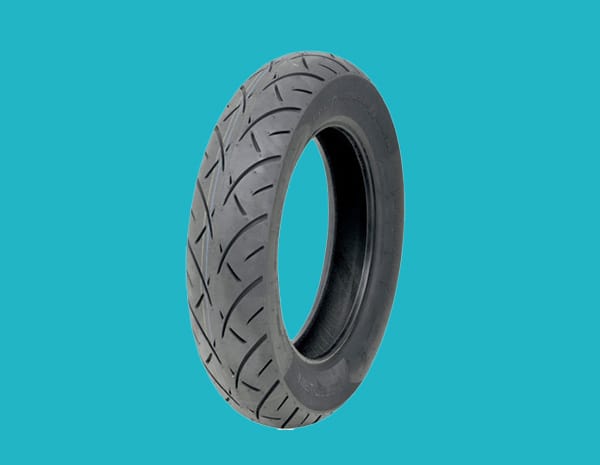
The Metzeler ME 888 Marathon Ultra, also known as the Triple 8, is a motorcycle tire that offers ultra-high mileage. This high-performance tire is designed for long life, without compromising on Metzeler’s signature performance and handling. The Metzeler ME888 Marathon Ultra is a popular motorcycle tire known for its longevity, durability, and performance. Here are some key features and information about this tire:
- Tread Pattern: This tire features a unique tread pattern that is optimized for even wear and excellent grip in various road conditions. The pattern includes deep grooves and a high silica compound for improved wet grip.
- Mileage: One of the standout features of the ME888 Marathon Ultra is its impressive mileage. Many riders report getting high mileage out of these tires, making them a cost-effective choice for those who put a lot of miles on their motorcycles.
- Handling: The tire is designed to provide a smooth and stable ride, even at higher speeds. It offers good handling characteristics, making it suitable for highway cruising and long journeys.
You can check out the Prices here.
Dunlop Elite 4 Rear Tire
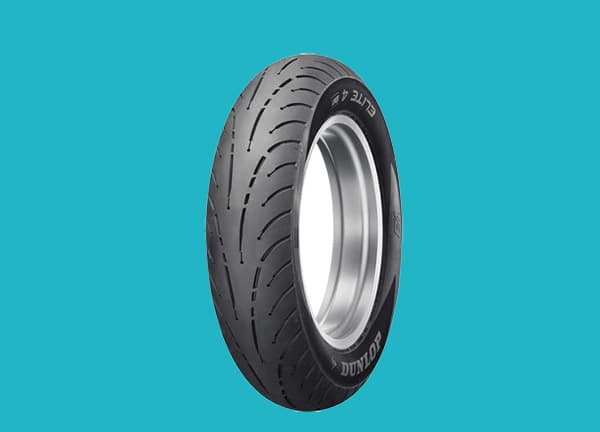
The Dunlop Elite 4 Rear Tire is specifically designed for modern cruisers, incorporating significant advancements in tire technology. It’s available in both radial and bias-ply construction, making it suitable for a wide range of touring, cruiser, and standard bikes, including both current and non-current models. The bi-compound construction of the tire employs Dunlop’s innovative Multi-Tread (MT) technology. Here are some key features and characteristics associated with the Dunlop Elite 4 Rear motorcycle tire:
- Tread Pattern: The Dunlop Elite 4 Rear tire typically features a specific tread pattern designed to provide excellent grip and stability on the road. This tread pattern helps with both wet and dry road conditions.
- Longevity: One of the main selling points of the Elite 4 Rear tire is its longevity. It is engineered to offer a longer tread life compared to some other motorcycle tires, making it a cost-effective choice for riders who want a tire that lasts.
- All-Season Performance: These tires are designed to perform well in various weather conditions, including rain. They are suitable for year-round riding, making them versatile for different riding styles and climates.
You can check out the Prices here.
Shinko SE890 Journey Touring Rear Tire
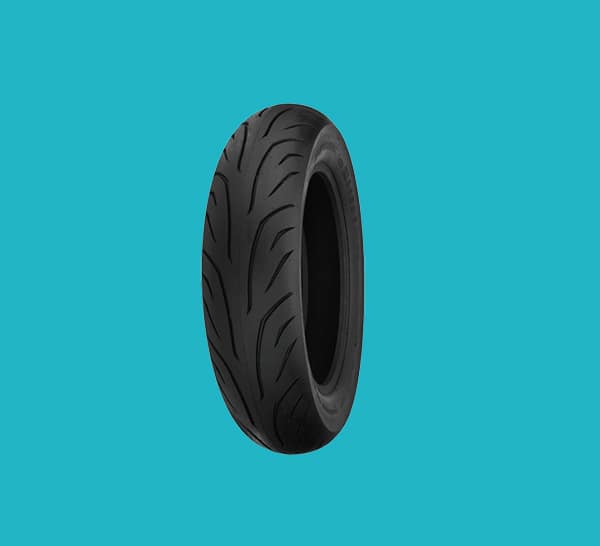
The Shinko SE890 Journey Touring Rear Tire is a high-performance motorcycle tire designed for long-distance touring. It’s renowned for its exceptional traction and stability in a wide range of weather conditions, thanks to its unique tread pattern and compound. The tire promises a smooth and comfortable ride due to its aramid belted radial construction. Here are some key features and information about the Shinko SE890 Journey Touring Rear Tire:
- Touring and Cruising: This tire is specifically designed for touring and cruising motorcycles. It’s meant to provide a comfortable and smooth ride, making it ideal for long-distance journeys.
- Tread Pattern: The tire’s tread pattern is designed to provide good traction and stability on both wet and dry roads. It often features deep grooves and channels to disperse water and maintain grip in wet conditions.
- Mileage: Many riders choose touring tires like the SE890 because they tend to have a longer lifespan compared to more performance-oriented tires. This means you can expect more miles before needing to replace them.
You can check out the Prices here.
Bridgestone Excedra G704 Goldwing Rear Tire
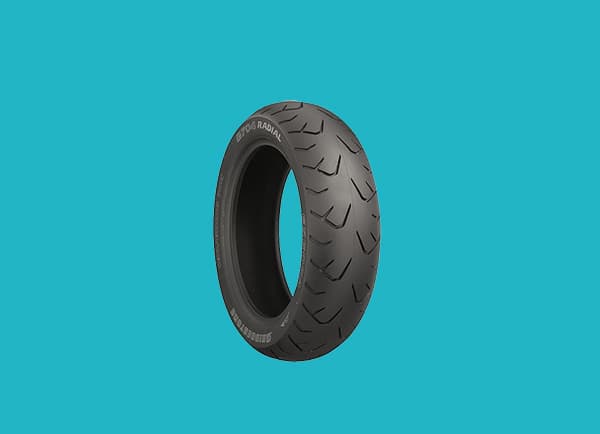
The Bridgestone Excedra G704R is a rear motorcycle tire designed for cruiser motorcycles. Bridgestone is a well-known tire manufacturer, and their Excedra series includes tires specifically engineered for different types of motorcycles and riding styles.
Here are some key features and information about the Bridgestone Excedra G704R Cruiser Rear Motorcycle Tire:
- Tire Type: The G704R is a rear tire, which means it is intended to be used as the back wheel tire on a cruiser motorcycle. Rear tires typically have a different tread pattern and construction compared to front tires to provide better traction and stability during acceleration and cornering.
- Cruiser Application: This tire is specifically designed for cruiser motorcycles, which are known for their relaxed, comfortable riding style. Cruiser tires often have a distinctive tread pattern that emphasizes stability and a comfortable ride over long distances.
- Tread Pattern: Cruiser tires typically have a deep and wide tread pattern with a focus on straight-line stability and good traction on various road surfaces. The specific tread pattern of the Excedra G704R is designed to provide a smooth and stable ride for cruiser motorcycles.
You can check out the Prices here.
Making the Right Choice
Choosing the right 180/60r16 tire depends on various factors, including your motorcycle model, riding style, and personal preferences. Here are a few things to consider:
- Tire Type: Decide between radial and bias-ply tires based on your motorcycle’s requirements and your riding style.
- Tread Pattern: Look for a tread pattern that offers excellent grip in various conditions and ensures even wear.
- Load Capacity: Check the tire’s load index to ensure it can handle the weight of your bike and any additional load.
- Speed Rating: The speed rating indicates the maximum speed the tire can sustain under its rated load capacity.
Regular maintenance is key to ensuring your motorcycle tires deliver optimal performance. This includes routine tire pressure checks, regular visual inspections for any damages, and ensuring the tires are not overly worn out. The right 180/60-16 tires can significantly enhance your motorcycle’s performance and your riding experience. By considering factors like tire type, tread pattern, load capacity, and speed rating, you can find the perfect tires for your needs. Happy riding!
180 60r16 Motorcycle Tire Read More »

